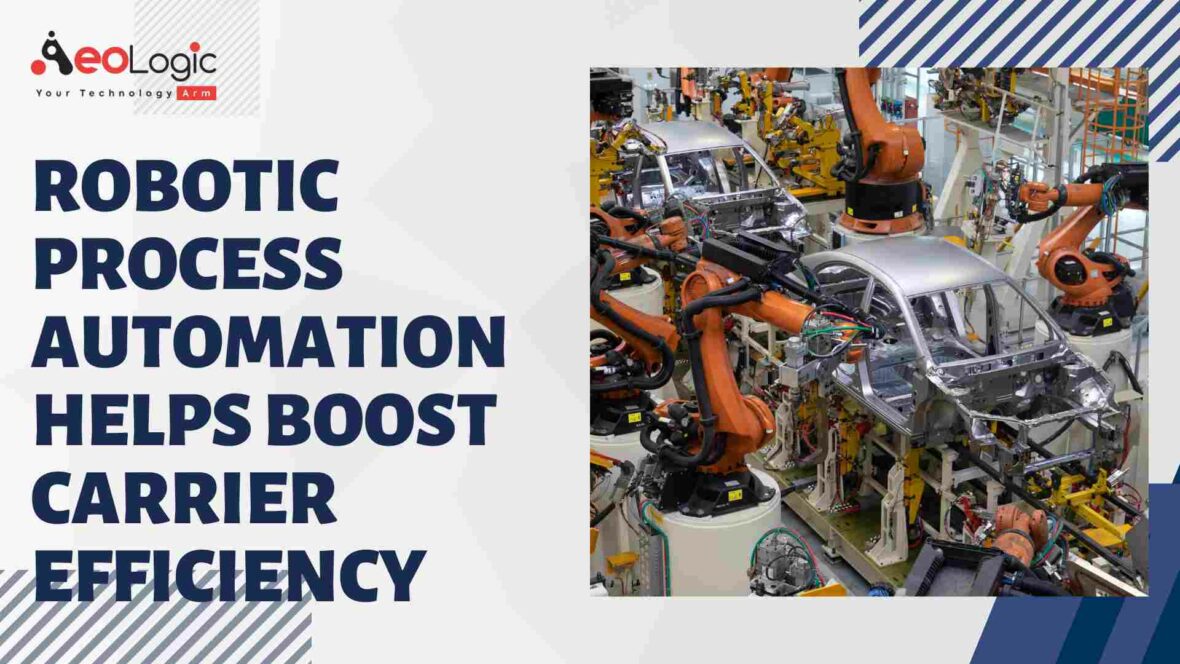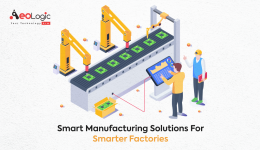Businesses worldwide are turning to outsource for help in automating their operations. The key benefit of this process is that it can reduce costs and improve efficiency, but when it comes to finding the right partner, there’s definitely a decision to be made. In this article, we’ll look into what RPA is, how it works, and why some companies are turning toward it.
One of the biggest expenses for small and medium-sized businesses is staffing costs, which can account for as much as 50% of their operating budgets.
Automation is helping to reduce costs and improve the efficiency of processes in many industries. For example, a recent study found that companies have reduced their total operating costs by $9 billion by using some form of automation. And with 87% of respondents reporting an increase in customer satisfaction from operational efficiencies, it’s clear that increasing automation can yield many benefits for managers.
What is Robotic Process Automation?
Robotic process automation is the application of technology that allows businesses to automate repetitive, rules-based tasks. By automating these tasks, businesses can boost efficiency and productivity while reducing costs.
There are a variety of ways to implement robotic process automation within a business. One common way is to use software robots, or “bots,” to automate tasks. Bots can be programmed to perform a wide range of tasks, from simple tasks like data entry to more complex tasks like customer service or claims processing.
Another way to implement robotic process automation is through the use of physical robots. Physical robots can be used for tasks such as packing and shipping orders or assembling products.
Robotic process automation can be used in a variety of industries to boost efficiency and productivity. Some common examples include manufacturing, logistics, and healthcare.
In 2016, KPMG predicted that robotic process automation will help save companies $1.7 trillion in three years due to cost efficiencies. They also forecast a continuous rise in the amount of automation in business for the next five years.
Why Carrier Efficiency?
The ever-changing landscape of the transportation industry requires carriers to continuously adapt and evolve in order to stay competitive. One way that carriers can improve their efficiency is by utilizing robotic process automation (RPA).
RPA can help carriers boost their efficiency in a number of ways. For example, RPA can be used to automate repetitive and time-consuming tasks, such as data entry and claims processing. This frees up time for employees to focus on more strategic tasks that require human interaction and decision-making. Additionally, RPA can help improve communication and coordination between different departments within a carrier, as well as between the carrier and its customers or partners.
Ultimately, RPA can help carriers save time and money while improving communication and coordination. This makes RPA an invaluable tool for carriers looking to improve their efficiency and stay competitive in today’s ever-changing landscape.
Also Read: How RFID Solutions Help in Inventory Management
The Cost of RPA
The cost of RPA can be broken down into two main categories: hardware costs and software costs.
The hardware costs are the upfront cost of purchasing and setting up the robots. This includes the costs of the actual robots, as well as any ancillary equipment required to get them up and running. This can range from a few hundred dollars for a small desktop robot to tens of thousands of dollars for a larger, industrial-scale unit.
The software costs are the ongoing costs associated with using and maintaining the robots. This includes things like licensing fees, updates, and support. It also includes the cost of training employees to use the system, as well as any lost productivity while they learn how to use it effectively.
Overall, the cost of RPA can vary widely depending on the size and scope of your operation. But even with all these costs considered, RPA can still offer a significant return on investment by helping you boost efficiency and cut down on labor expenses.
Also Read: Why Is CRM Software a Game-changer When It Comes to Delivering Better Customer Experiences?
How to Implement Robotic Process Automation
The deployment of robotic process automation (RPA) can help carriers achieve new levels of efficiency in their operations. Here are some tips on how to get started with RPA:
- Define the business process that you want to automate. This will help you identify the specific tasks that can be automated and the potential benefits of doing so.
- Assess the feasibility of automating the process. This includes considering factors such as the complexity of the process, the availability of data, and the skills required to operate the robots.
- Design the automation solution. This involves specifying the software, hardware, and other components needed to implement the solution.
- Implement and test the solution. This ensures that everything works as expected before going live with the automation.
- Monitor and optimize the solution over time. This helps you ensure that the automation continues to deliver value for your business.
Also Read: The Role of AI in Education And Learning: Just Promises Or Revolution
Conclusion
Robotic process automation can be a great help for carriers who want to boost their efficiency. By automating repetitive tasks, carriers can free up time and resources that can be better spent on other areas of their business. If you’re looking for ways to improve your carrier’s efficiency, consider implementing robotic process automation.
Keeping your fulfillment process steady is made easier with the use of automation technology for effective automation solutions in your business. Get in touch with Aeologic Technologies right away to see how it can benefit your company.
Also Read: 10 Ways to Use Artificial Intelligence to Improve Business Processes
Related Blogs:
- How AI/ML Can Change the Public Transportation Industry
- Transforming Business With Digital Technology in the Oil Palm Industry in India
- Importance of Digital Asset Management in the Retail Industry
- How AI is Transforming the Agriculture Industry
- 10 Ways to Use Artificial Intelligence to Improve Business Processes
- The Future of IoT Technology in Convenience Stores
- Building Manufacturing Resilience Through AI and ML






